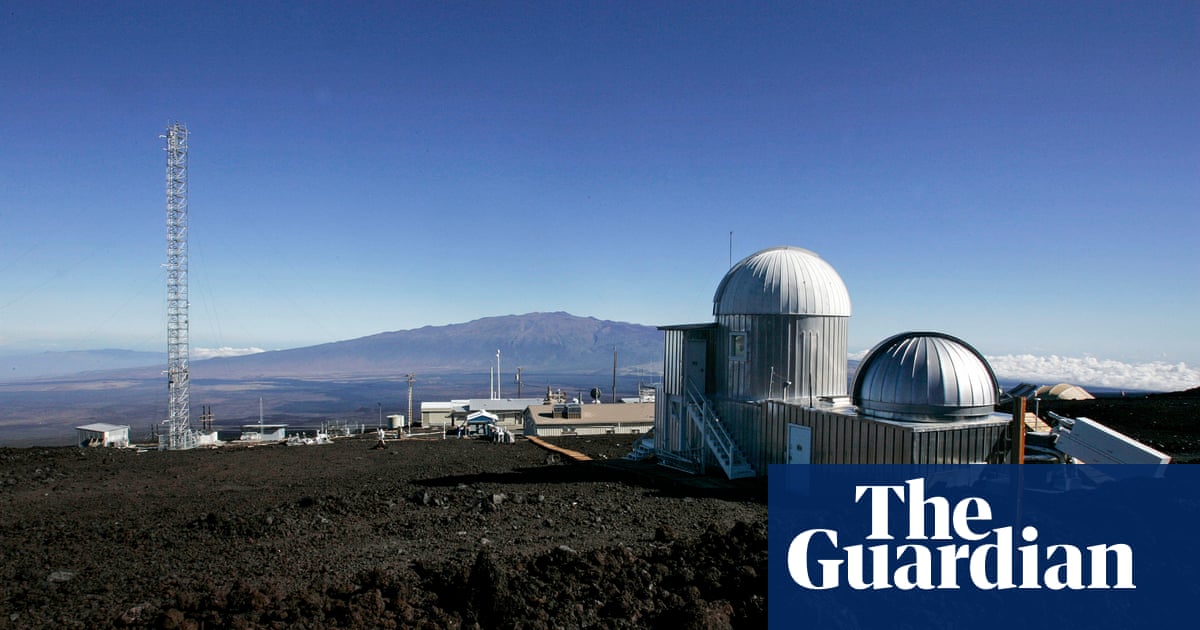
Concentrations of climate-warming carbon dioxide in the atmosphere have hit record highs, despite a dip in emissions during the Covid pandemic, scientists have said.
The latest measurements from the long-running recording station at Mauna Loa Observatory, Hawaii, show global levels of carbon dioxide are 50% above what they were when the Industrial Revolution began in Britain.
The data released by the Scripps Institution of Oceanography, University of California San Diego, shows atmospheric concentrations of the greenhouse gas in March averaged 417.14 parts per million (ppm), a new record high.
The UK’s Met Office predicts monthly concentrations of carbon dioxide, the main driver of rising temperatures and the climate crisis, will peak in 2021 at about 419.5 ppm.
The previous record for monthly carbon dioxide concentrations at Mauna Loa in the Scripps dataset was 417.10ppm in May 2020.
Last year’s annual average figure was 413.94ppm – with 2021’s level forecast to be about 416.3ppm.
Carbon dioxide levels in the atmosphere fluctuate slightly during the year, dropping as some is absorbed during the spring and summer by plants growing in the northern hemisphere, before it rises again in autumn and winter.
But the long-term trend in rising concentrations of carbon dioxide is caused by human activity, mainly through the burning of fossil fuels and also from deforestation, the Met Office said.
Global emissions reduced temporarily in 2020 as a result of a drop in transport use and economic activity as the coronavirus pandemic struck.
But the emissions reduction in 2020 was not enough to substantially affect the buildup of carbon dioxide in the atmosphere, which continues to rise.
Much larger, longer-term reductions in emissions will be required to slow or stop the rise, the Met Office warned.
Projections from the UN’s climate science body, the Intergovernmental Panel on Climate Change warns that to halt global warming at 1.5C – beyond which the worst impacts of rising temperatures are expected – global emissions will need to reach net zero by around 2050, or sooner.
Reaching net zero involves cutting emissions to as near to zero as possible and taking steps such as planting trees to absorb any remaining pollution.
Commenting on the latest data, Prof Martin Siegert, of the Grantham Institute, Imperial College London, said the new record high was completely expected.
“Emissions may have been reduced but we are still emitting lots of carbon dioxide, and so its atmospheric concentration is bound to go up – and will continue to do so until we get to somewhere near net-zero emissions.
“Our path to net zero is obvious, challenging and necessary – and we must get on with the transition urgently,” he said.
Prof Simon Lewis, from University College London, said: “It is easy to forget just how much and just how fast fossil fuel emissions are affecting our planet.
“It took over 200 years to increase the amount of carbon dioxide in the atmosphere by 25%, and just 30 years to reach 50% above pre-industrial levels. This dramatic change is like a human meteorite hitting Earth.”
But he added: “If countries make plans now to put society on a path of sustained and dramatic cuts to emissions from today, we can avoid ever-rising emissions and the dangerously accelerating impacts of climate change.”











